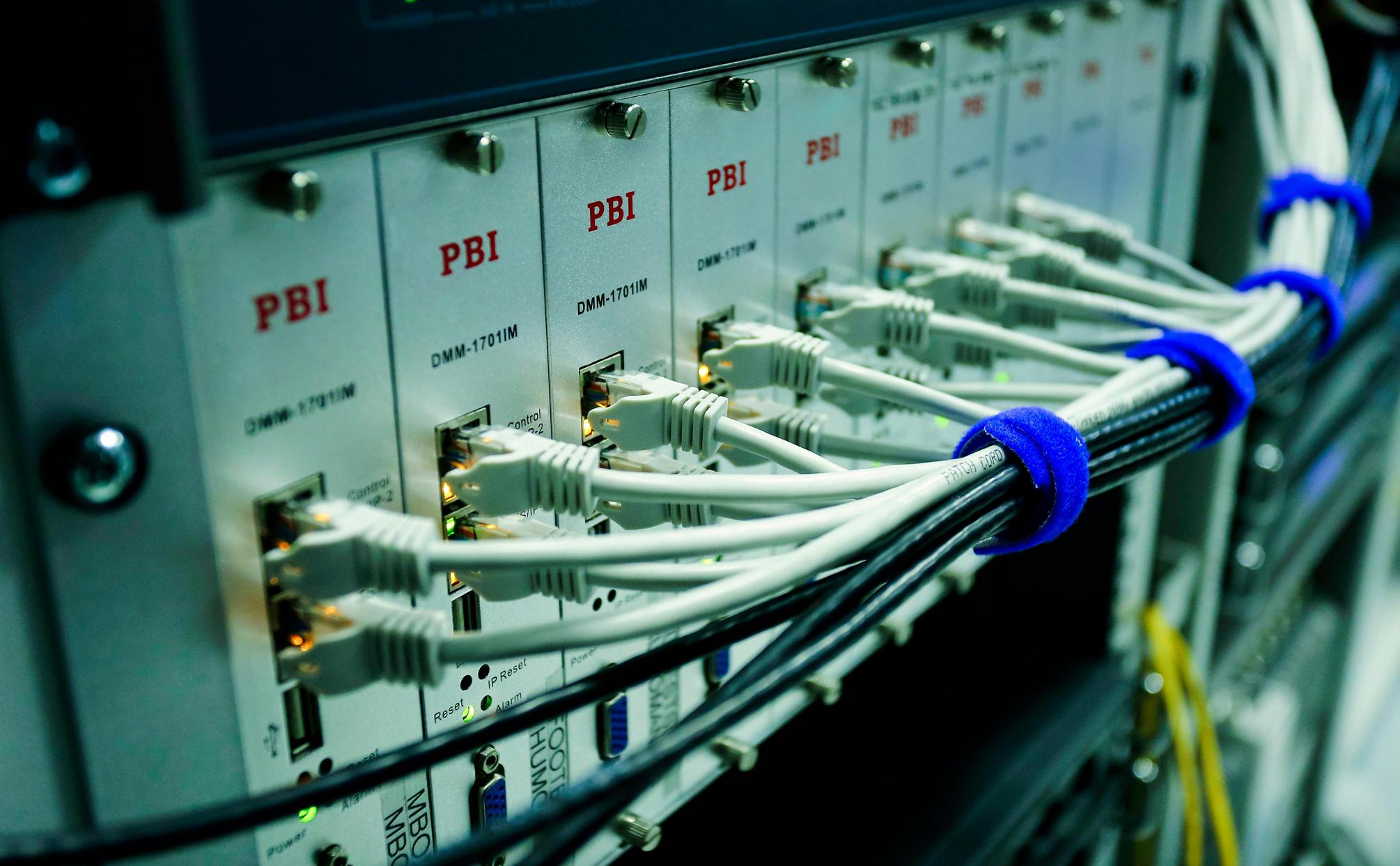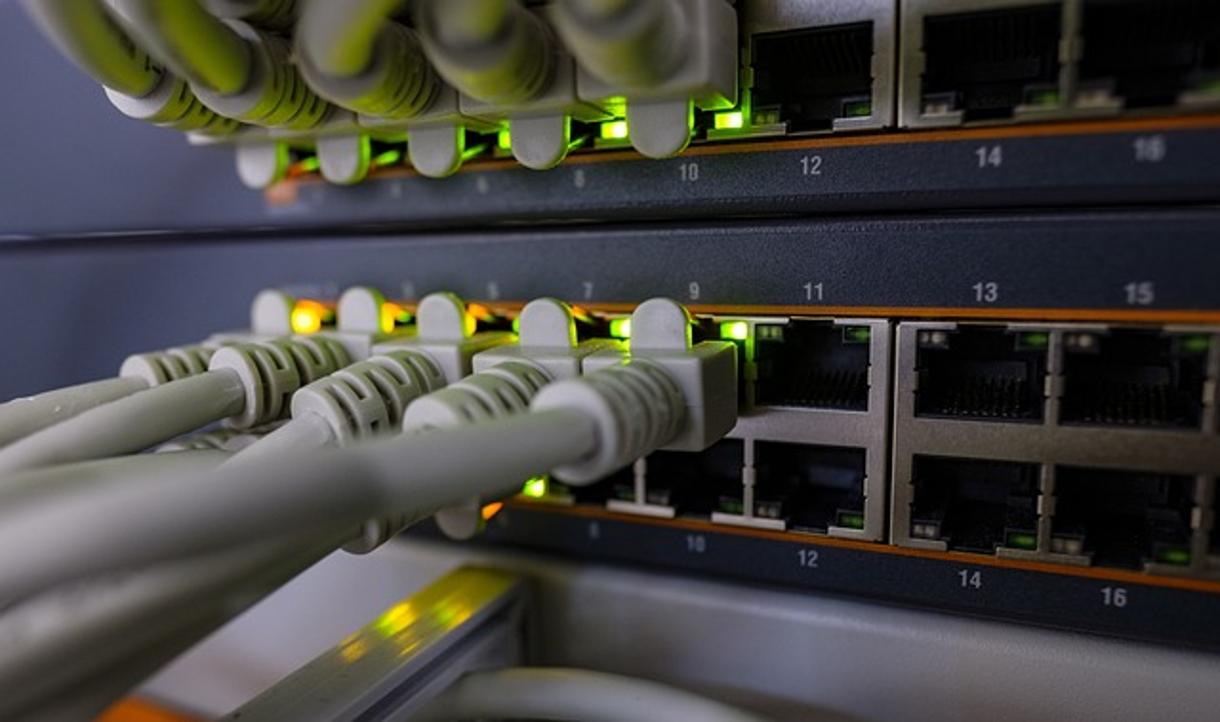Router vs Switch: Making the Right Choice for Your Network
Introduction
For anyone setting up a network at home or in a business, understanding the difference between a router and a switch is crucial. While both devices play essential roles in networking, their functions, advantages, and use cases can vary significantly. This blog aims to clarify what each device does, how they differ, and which one might suit your needs better.

What is a Router?
A router is a networking device responsible for directing data packets between different networks. Think of it as a traffic manager that routes data to its correct destination. Routers connect multiple networks, often linking home or office networks to the internet.
Routers operate using IP addresses, which helps them identify where to send the data. They can also provide features like firewall protection and Network Address Translation (NAT), which enables multiple devices to share a single IP address. In essence, routers manage the flow of data between devices within and outside of your network.
Moreover, most modern routers come with built-in wireless functionality, allowing devices to connect to the internet without the need for cables. This feature makes routers indispensable in household settings.
What is a Switch?
Unlike routers, switches are networking devices that function within a single network. Their primary role is to link multiple devices, such as computers, printers, and servers, within the same local area network (LAN). Think of a switch as a bridge that provides a pathway for data packets within the same network.
Switches operate using MAC addresses, which help them identify devices within the same network. They do not route data between different networks; rather, they ensure that data packets reach their intended device efficiently. By doing this, switches minimize network congestion and improve overall performance.
Managed switches come with added capabilities, including VLANs (Virtual Local Area Networks), Quality of Service (QoS) settings, and network monitoring. These features make switches versatile and essential for more complex network environments, especially in business settings.

Key Differences Between Routers and Switches
While both routers and switches are vital networking devices, their roles and functionalities differ significantly.
Primary Function: - Router: Connects multiple networks and directs data packets between them. - Switch: Connects multiple devices within the same network.
Operational Layer: - Router: Functions primarily at the network layer (Layer 3) of the OSI model. - Switch: Operates mainly at the data link layer (Layer 2), though Layer 3 switches also exist.
Addressing Method: - Router: Uses IP addresses to route data across networks. - Switch: Uses MAC addresses to send data within the same network.
Network Segmentation: - Router: Can segment networks and allocate IP addresses, often via DHCP. - Switch: Does not segment networks but can create VLANs to virtually segment them.
Device Connectivity: - Router: Connects different networks, including local networks to the internet. - Switch: Connects multiple devices within the same network.
By understanding these differences, one can better appreciate why both devices are often used together in networking environments.
Use Cases for Routers and Switches
Understanding where and when to use routers and switches can help optimize network performance.
Routers are ideal for: - Home Networks: They connect various devices to the internet and provide wireless connectivity. - Office Networks: Routing data between office networks and the internet. - Security: Offering firewall and NAT services to protect the network from external threats.
Switches are best suited for: - Internal Office Networks: Linking computers, printers, and servers within the same office. - Data Centers: Ensuring efficient internal data transfer. - Network Performance: Reducing congestion and improving data transfer rates within the network.
By matching the device to the specific use case, you can ensure optimal performance and reliability of your network.
Advantages and Disadvantages
Both routers and switches come with their pros and cons, which can influence your choice.
Router Advantages: - Internet Connectivity: Provides direct access to the internet. - Security Features: Offers firewall and NAT protection. - Wireless Connectivity: Many routers offer Wi-Fi, eliminating the need for cables.
Router Disadvantages: - Complexity: Can be more challenging to configure. - Cost: Generally more expensive than switches.
Switch Advantages: - Speed and Performance: Efficiently handles data within a network, reducing congestion. - Simplicity: Easier to set up and configure compared to routers. - Scalability: Can easily expand network capacity by adding more switches.
Switch Disadvantages: - Internet Access: Cannot directly provide internet connectivity. - Security: Lacks the built-in security features found in routers.
Evaluating these advantages and disadvantages will help you determine the best fit for your specific network needs.

How to Choose the Right Device
Choosing between a router and a switch depends on your specific network requirements.
- Assess Your Needs: Determine whether you need to connect multiple networks (router) or multiple devices within the same network (switch).
- Consider Future Expansion: Think about whether you might need to expand your network, which could influence your choice.
- Evaluate Features: Look into additional features like security and wireless connectivity for routers or VLANs and QoS settings for switches.
- Budget: Determine your budget, keeping in mind that routers tend to be more expensive.
- Setup and Maintenance: Consider the complexity of setup and ongoing maintenance for each device.
By systematically evaluating these factors, you can make an informed decision that aligns with your network needs.
Conclusion
In summary, both routers and switches play integral roles in networking, each offering unique functionalities and benefits. While routers connect multiple networks and provide internet access, switches link various devices within the same network. Understanding their differences, advantages, and specific use cases can guide you in choosing the right device for your network setup.
Frequently Asked Questions
What is the main function of a router?
The main function of a router is to connect multiple networks and direct data packets between them. Routers also provide internet connectivity and offer security features like firewall protection.
Can a switch replace a router?
No, a switch cannot replace a router. While switches efficiently manage data within a single network, they cannot connect different networks or provide internet access.
Which is better for home networks, a router or a switch?
For home networks, a router is generally better because it provides internet access and often includes wireless functionality. Switches can be used in addition to routers to connect multiple wired devices within the home network.



